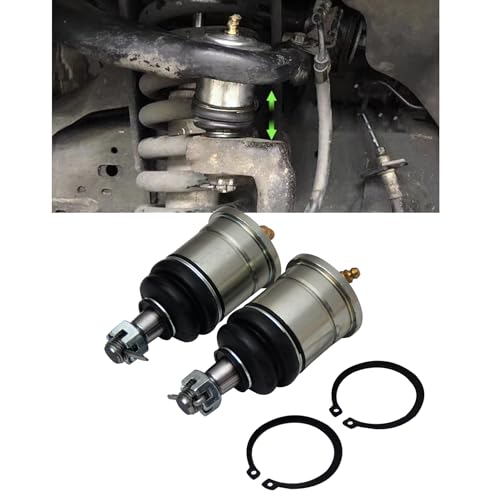have had a quick read of most of it.
theres been quite a few assumptions made and a few that are clearly wrong.
theres no way the O2 sensor can monitor combustion or cat performance. its in the wrong place and for cat they require two.
it certainly doesn't make motor rich or lean.
the cat should be a basic cat, oxidize co and hc and convert some nox to N. as there is no O2 sensors on the cat so i doubt the ecu puts in fuel in the cat itself as it has no way of monitoring the cat.
for NOx reduction, during high EGR use there is low O2 and hig CO and HC. by the time the HC and CO have been converted there will be little O2 which enables NO reduction to take place.
O2 sensor will be just for DPF to make sure there is enough O2 to burn the fuel on regen and that it doesn't inject to much fuel during regen.
also you have to remember the role of the temp sensors. they will be checking the DPF is at operating temp. with no DPF or cat it could well be its running to cool and the ECU goes into regen mode.
theres been quite a few assumptions made and a few that are clearly wrong.
theres no way the O2 sensor can monitor combustion or cat performance. its in the wrong place and for cat they require two.
it certainly doesn't make motor rich or lean.
the cat should be a basic cat, oxidize co and hc and convert some nox to N. as there is no O2 sensors on the cat so i doubt the ecu puts in fuel in the cat itself as it has no way of monitoring the cat.
for NOx reduction, during high EGR use there is low O2 and hig CO and HC. by the time the HC and CO have been converted there will be little O2 which enables NO reduction to take place.
O2 sensor will be just for DPF to make sure there is enough O2 to burn the fuel on regen and that it doesn't inject to much fuel during regen.
also you have to remember the role of the temp sensors. they will be checking the DPF is at operating temp. with no DPF or cat it could well be its running to cool and the ECU goes into regen mode.

























